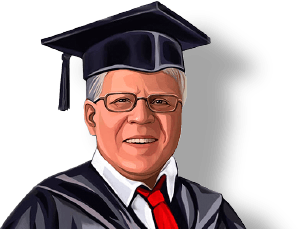
Seam Welding
Questions and Answers
In another article in this blog the proper amount of water for seam welding was addressed:
IS THE PROPER AMOUNT OF WATER COOLING FOR SEAM WELDING?
Yes, water temperature and volume are important for the performance of seam welding. The importance of water cooling the machine components was discussed in this referenced article. This would include the conductors, transformer and the control. The amount of flow is specified by the machine builder. The weld wheels are cooled through their attachment to the water-cooled shaft. The amount of water is frequently specified as 1 – 1.5 gallons of water per minute for these components. Each frequently has its own water circuit originating from a common water manifold to insure flow to each component. These flows cool the components for the current they carry. The temperature of this cooling water is normally city water or cooling tower temperatures which can vary from winter to summer. In extreme cooling requirements a chiller may be required. If these components do not have the proper flow or temperature water their long-term performance will be impacted.
In resistance welding whether it is spot or seam welding build up on the face of the electrode is inevitable. It is caused by the heat generated on the electrode face and the chemical/metallurgical reactions that occur there. To reduce build up the process must be designed to maintain the face below red heat as much as possible. The process must reach red heat to make a weld. To accomplish this, the process must be designed to heat up to red heat, make the weld quickly and cool down quickly. Thus the electrode seam weld wheel face is at red heat a minimal amount of time. In roll spot seam welding there is some time/space between welds. In a liquid tight seam weld there is very little time between welds. There is not much cool time.
What can be done to protect the seam weld wheel?
It is the norm for the welding wheels to be the same diameter. This is necessary if they are driven by a common drive. If they are driven by the same drive and they were not the same diameters one wheel would turn faster than the other and would be slipping on the workpiece constantly. If they are the same diameter and geometry the weld should be well controlled and consistent.
The answer to this depends upon the material being seam welded. Highly conductive softer materials (Aluminum) will be seam welded with Class 1. Stronger more resistive material (low carbon steels) would use Class 2. High strength resistive material (nickel base and stainless steel) would use Class 3. This is the same as for spot welding electrode selection and can be found in various industry charts in AWS and other publication.
The person making this inquiry was not sure what wheel material he had in this stainless cloth to stainless sheet application. He was experiencing excessive pickup on the wheel face. This could be due to the unknown alloy wheel or it could be normal. Wheels just like spot welding electrodes will experience pick up and mushrooming during normal use.
In many seam welding applications a knurling wheel is installed on the wheel periphery which continually trims the edges and roughens/knurls the face. This makes sure that the weld wheel is always in the same condition without build up. This is a continuous dressing operation. Sometimes the knurler functions as the wheel drive mechanism. In other designs it rides on the wheel and merely dresses.
A seam welder is a spot welder using a wheel for an electrode. The shunting current rules apply the same for seam welding just as they do for spot welding. In the case of a traveling head seam welder the first issue is – How many wheels are mounted? Sometimes there are two. Their spacing/separation will be an issue to include. The next of course is the spacing of the spots. If this is a liquid tight seam weld then shunting currents will be present and must be allowed for. If this is a roll spot seam, the distance can be adjusted/increased to prevent shunting currents.
Page 5 of 11
Have a Question?
Do you have a question that is not covered in our knowledgebase? Do you have questions regarding the above article? Click here to ask the professor.
